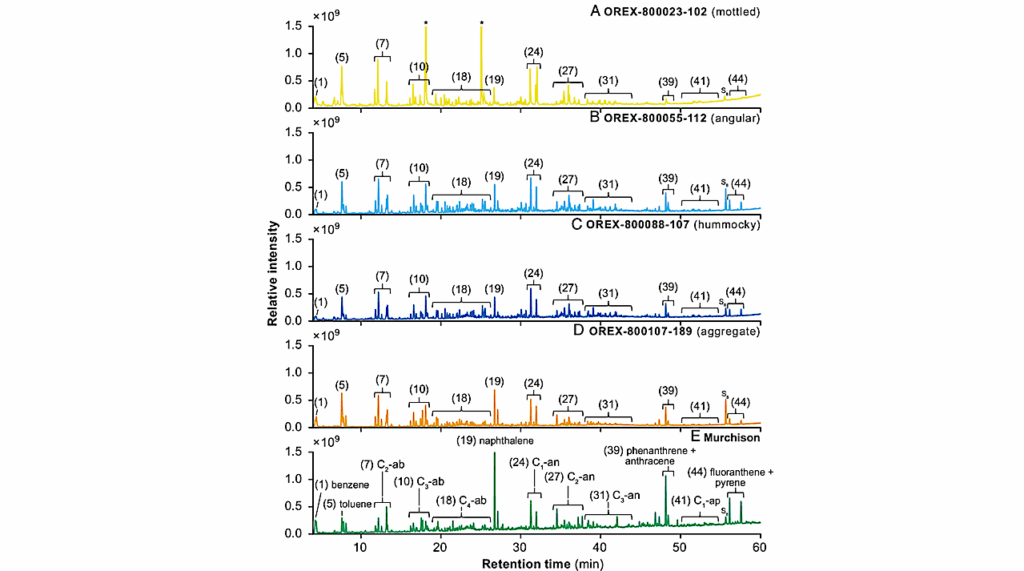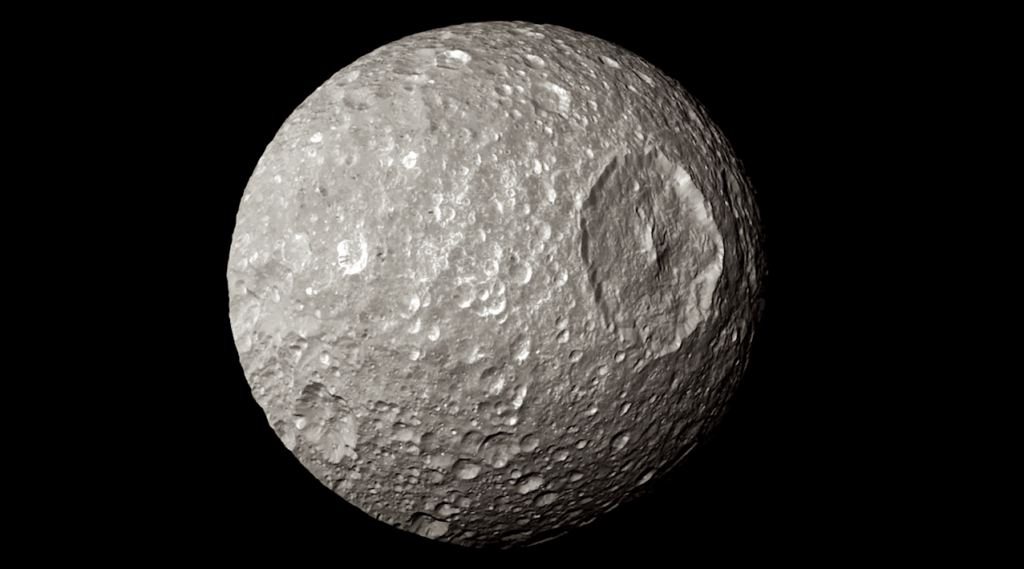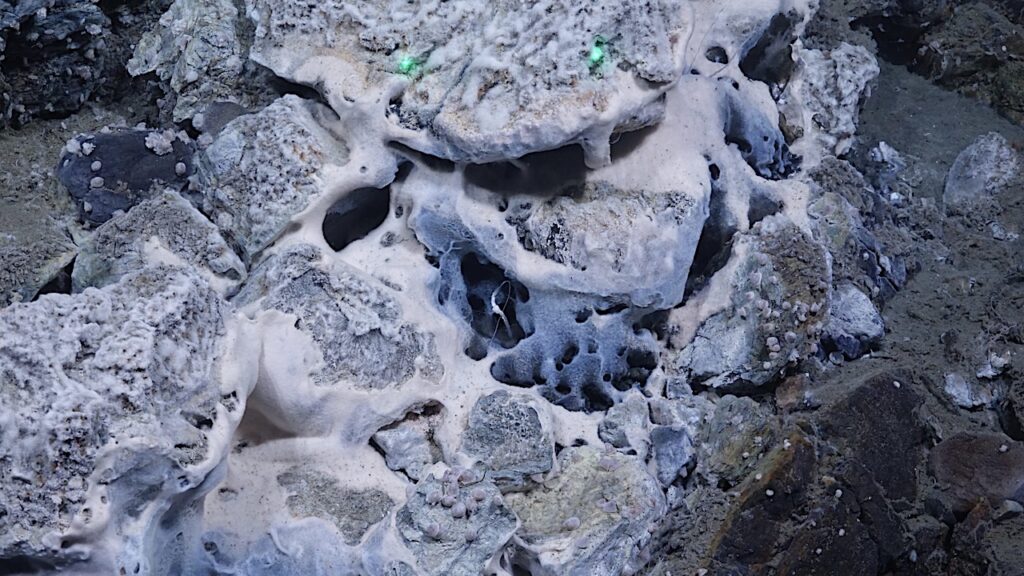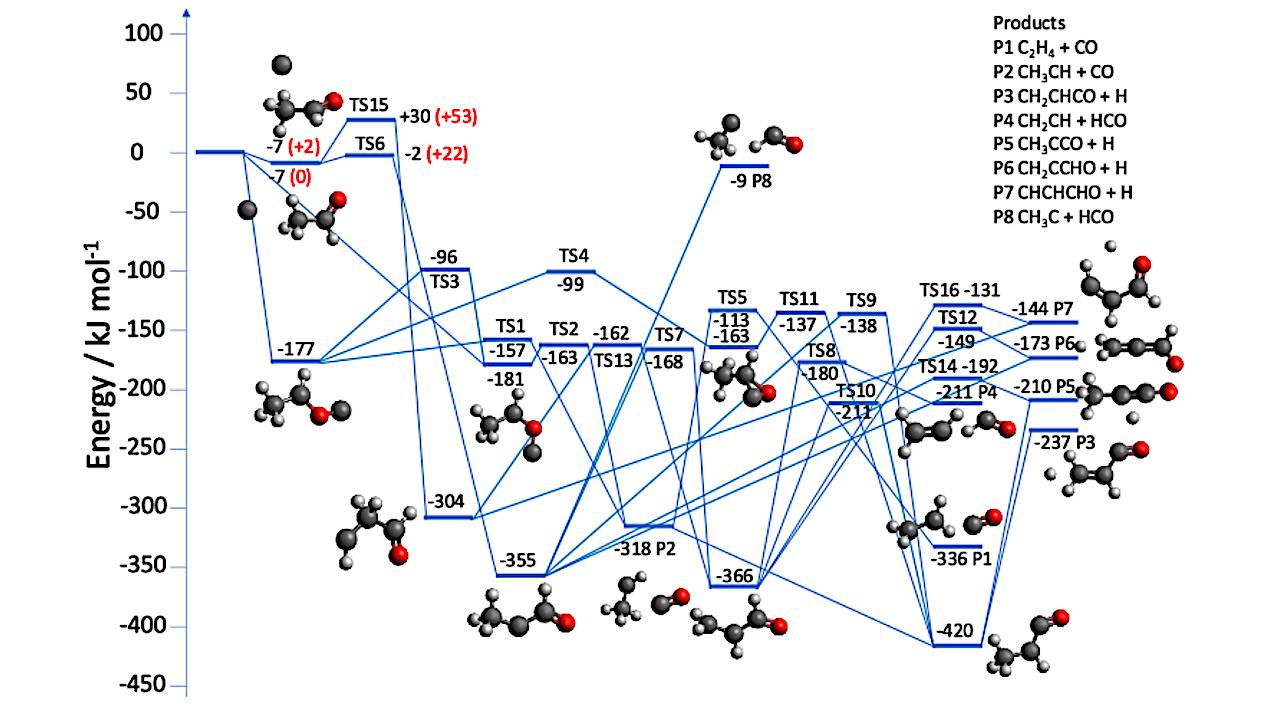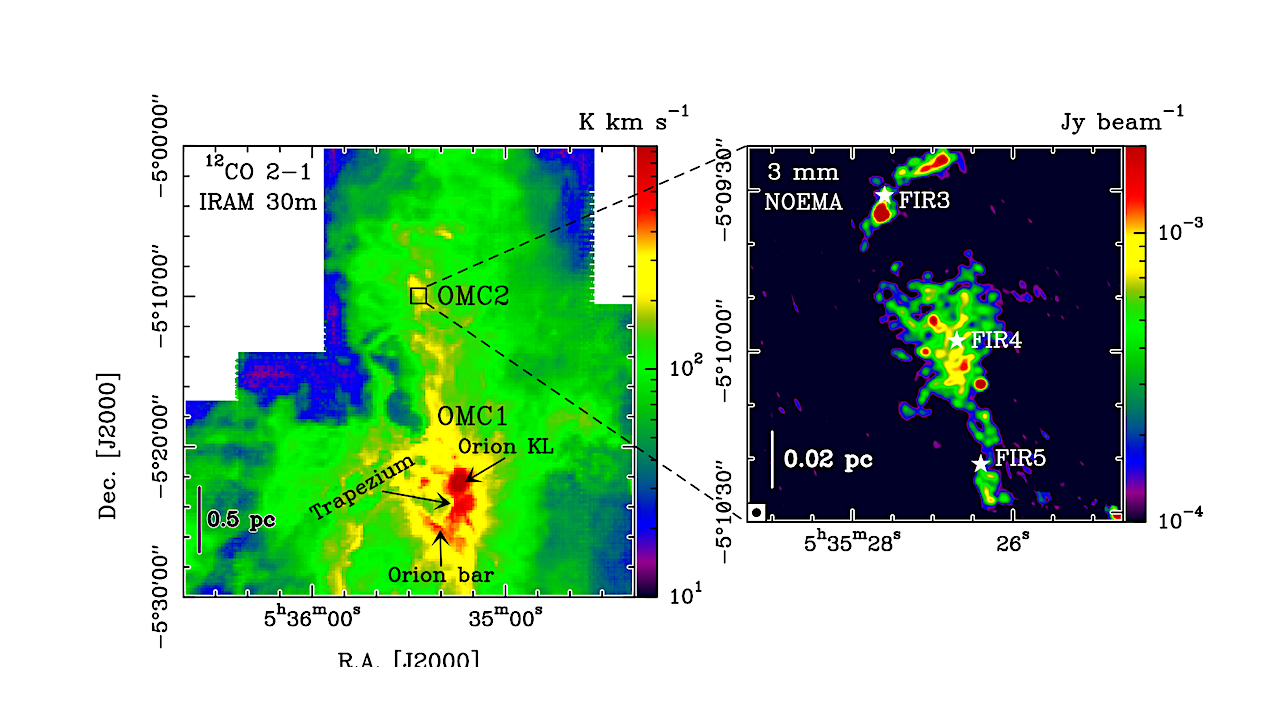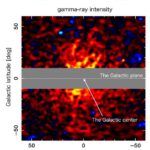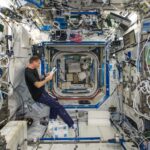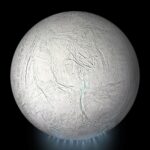Now Reading: AGNI: A Radiative-convective Model For Lava Planet Atmospheres
-
01
AGNI: A Radiative-convective Model For Lava Planet Atmospheres
AGNI: A Radiative-convective Model For Lava Planet Atmospheres


Overlook crater” near the summit of Kilauea Volcano — USGS
It is important that we are able to accurately model the atmospheres of (exo)planets. This is because atmospheres play a central role in setting a planet’s thermochemical environment at a given point in time, and also in regulating how it evolves over geological timescales.
Additionally, it is primarily by observation of their atmospheres that we are able to characterise exoplanets. There is particular demand for accurate models in the context of so-called lava worlds: planets with molten interiors (or `magma oceans’).
AGNI is a Julia program designed to solve for the temperature and radiation environment within the atmospheres of rocky (exo)planets. It leverages a well established FORTRAN code to calculate radiative fluxes from a given atmospheric temperature structure and composition, which — alongside representations of convection and other processes — enables an energy-conserving numerical solution for the atmospheric conditions.
In contrast to most other numerical atmosphere models, AGNI uses a Newton-Raphson optimisation method to obtain its solution, which enables improved performance and scalability. Our model was specifically developed for use alongside planetary interior models within a coupled simulation framework.
However, it can also be applied to scientific problems standalone when used as an executable program; it reads TOML configuration files and outputs figures and NetCDF datasets. AGNI can also function as a software library; it is used in this sense within the Jupyter notebook tutorials of our GitHub repository (this https URL)
Harrison Nicholls, Raymond Pierrehumbert, Tim Lichtenberg
Comments: Published in JOSS
Subjects: Instrumentation and Methods for Astrophysics (astro-ph.IM); Earth and Planetary Astrophysics (astro-ph.EP)
Cite as: arXiv:2506.00091 [astro-ph.IM] (or arXiv:2506.00091v1 [astro-ph.IM] for this version)
https://doi.org/10.48550/arXiv.2506.00091
Focus to learn more
Journal reference: JOSS 10(109), 7726, 2025
Related DOI:
https://doi.org/10.21105/joss.07726
Focus to learn more
Submission history
From: Harrison Nicholls
[v1] Fri, 30 May 2025 08:26:49 UTC (373 KB)
https://arxiv.org/abs/2506.00091
Astrobiology,
Stay Informed With the Latest & Most Important News
Previous Post
Next Post
-
 012024 in Review: Highlights from NASA in Silicon Valley
012024 in Review: Highlights from NASA in Silicon Valley -
 02Panasonic Leica Summilux DG 15mm f/1.7 ASPH review
02Panasonic Leica Summilux DG 15mm f/1.7 ASPH review -
 03How New NASA, India Earth Satellite NISAR Will See Earth
03How New NASA, India Earth Satellite NISAR Will See Earth -
 04And Thus Begins A New Year For Life On Earth
04And Thus Begins A New Year For Life On Earth -
 05Astronomy Activation Ambassadors: A New Era
05Astronomy Activation Ambassadors: A New Era -
06SpaceX launch surge helps set new global launch record in 2024
-
 07Space Force plans new ‘Futures Command’ amid pressure to speed up modernization
07Space Force plans new ‘Futures Command’ amid pressure to speed up modernization













